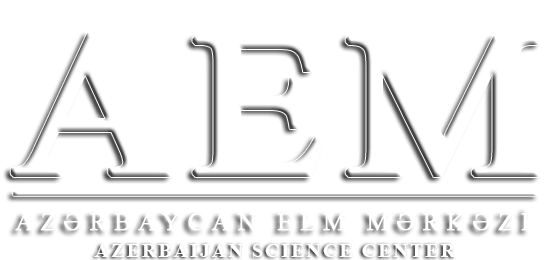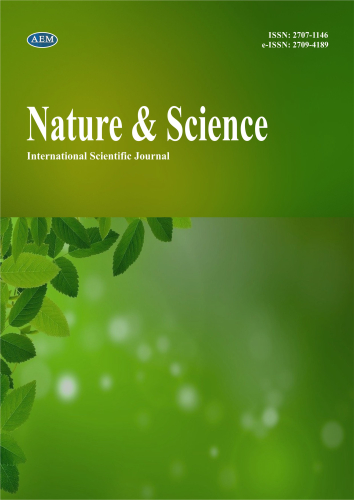DOI: https://doi.org/10.36719/2707-1146/27/13-19
Fazil Kamal oğlu Kazımov
SOCAR Neft-Qaz Elmi Tədqiqat Layihə İnstitutu
texnika üzrə fəlsəfə doktoru
UDK 622.276
QUYUDİBİ ZONAYA SELEKTİV TƏSİRİN EKSPERİMENTAL TƏDQİQİ
Xülasə
İşlənmənin son mərhələsində olan yataqlardan istismar olunan quyular məhsulun yüksək dərəcədə sulaşması ilə xarakterizə olunur. Buna səbəb kimi layın quyudibi zonasının (QDZ-nin) keçiriciliyə görə qeyri-bircins və zəif sementlənmiş süxurlardan ibarət olmasıdır ki, bu da QDZ-nin dağılmasına səbəb olur. Nəticədə laydan quyuya su axınları intensiv xarakter alır. Bu da istismar quyularının məhsulunun yüksək dərəcədə sulaşmasına səbəb olur.
Hazırkı məqalədə məqsəd QDZ-nin yüksək keçiricilikli sahələrini tutaraq lay sularını təcrid edən silisium-dioksid tərkibli, geləmələgəlmə müddəti tənzimlənə bilən tamponlayıcı tərkibin işlənməsi və onun QDZ-nin keçiriciliyinə təsirinin tədqiqidir. Natrium silikat ilə xlorid turşusu arasında baş verən reaksiyaya əsaslanan geləmələgəlmə prosesi üçün komponentlərin optimal tərkibi və qarışdırılma proseduru müəyyən edilmişdir. Bundan başqa, hazırlanmış optimal tərkibli məhlulun lay modelində yoxlamaqla su və neftin süzülmə xarakteristikaları öyrənilmişdir. Müəyyən edilmişdir ki, optimal tərkibli Na2SiO3 və HCl məhlullarının 1:1 nisbətində olan qarışığı inyeksiya olunduqdan sonra 40-100 °C-də 3-22 saata bərkiyə bilən tamponlayıcı material kimi istifadə etmək olar.
Belə ki, bu tərkibdə kompozisiyanın sulaşmış təbəqəli laya vurulması ilə yüksək keçiricilikli zonaların keçiriciliyi kəskin azalmış, azkeçiricilikli zonaların keçiriciliyi isə bir neçə dəfə artmışdır. Eyni zamanda, neftsıxışdırma əmsalı 8-12 % artmışdır.
Açar sözlər: quyudibi zona, gel, kompozisiya, lay modeli, xlorid turşusu, maye şüşə, sulaşma, keçiricilik, selektiv təcrid
Fazil Kamal Kazimov
SOCAR Oil and Gas Scientific Research Project Institute
Ph.D. in engineering
UDK 622.276
Experimental study of the selective impact to the bottomhole formation zone
Abstract
Wells operating from fields in the late stage of development are characterized by watering of a high degree of their production. As the reason for this is the heterogeneity in permeability and consisting of weakly cementing rocks, which lead to the destruction of the bottomhole formation zone (BFZ). As a result, water inflows from the formation to the producing one become intense. And this, in turn, is the reason for the watering of production wells with a high degree.
The goal of this article is to occupy high permeability formation water reservoirs with a silicium dioxide composition that regulates the duration of gelation, the development of a plugging composition, and to study the effect on the permeability of the BFZ. Between the sodium silicate and hydrochloric acid, the ongoing reaction is based on gelation for the process of components of the optimal composition and the mixing process is established. In addition to this prepared solution of optimal composition, the characteristics of water and oil filtration were studied by checking in the reservoir model. It has been established that the optimal composition of Na2SiO3 and HCl solution in a ratio of 1:1 mixture after injection at 10-100 °C will harden in 3-22 hours can be used as a plugging material.
Since with this composition of the composition with injection into the reservoir from flooded interlayers, the permeability of high-permeability zones sharply decreases, and low-permeability zones increased several times. At the same time, the oil displacement ratio increased by 8-12%.
Keywords: well bottom zone, come on, composition, layer model, hydrochloric acid, liquid glass, watering, conductivity, selective isolation

